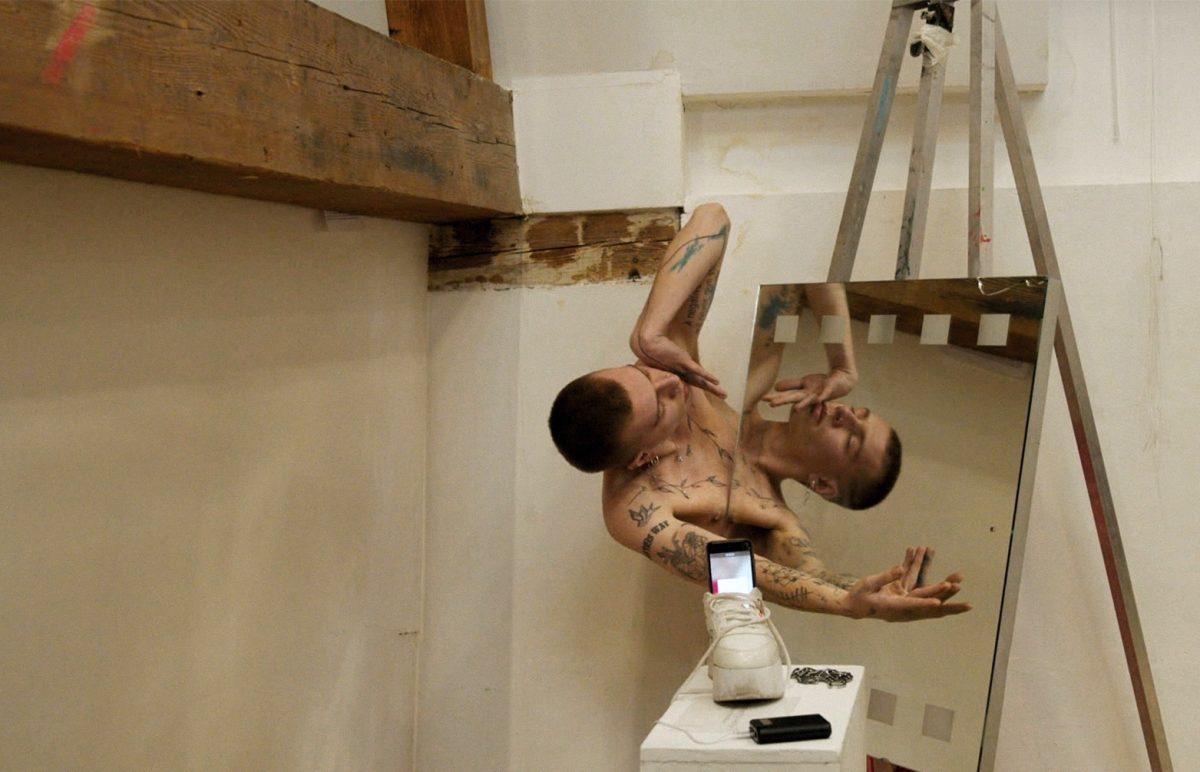
Directors Adéla Komrzý and Tomáš Bojar follow six Czech art professors as they hold their yearly entrance exams filled with eccentric students.
“Art Talent Show,” shown at the 2023 True/False Film Fest, treats the audience to an irreverent examination of Czech art professors and students. The film follows six professors at The Academy of Fine Arts in Prague as they hold enrollment exams.
In 2019, AVU celebrated its 220th year in operation. As part of their celebration, the school reached out to co-director Adéla Komrzý about making a film. Komrzý teamed up with fellow filmmaker Tomáš Bojar to make what is now “Art Talent Show.”
Vladimír Kokolia, Eva Červená, Kateřina Olivová, Darina Alster, Marek Meduna and Petr Dub are professors at AVU. They hold the school’s week-long entrance exams. AVU is a highly selective school of approximately 325 students total, meaning few applicants are admitted in the entrance process.
The film begins with students arriving to drop off their portfolios. Among the works submitted were numerous drawings, paintings, a comic that read “smoking kills stylishly,” a film submission described by the professors as “soft-core pornography” and a vibrator painted silver.
These submissions are just the tip of the iceberg for the upcoming events the professors must navigate. Part of the entrance process consists of individual interviews between two of the professors and one of the candidates. During these interviews, the professors intentionally ask tough questions.
Bizarre responses abound, especially when some of the candidates were asked how far is too far with regard to art. One candidate said that suicide is a valid form of art, and stated that he would like to perform self-immolation in the name of art. Another candidate said that she would be comfortable eating human flesh for artistic purposes.
It is no wonder that during the film professor Kokolia said, “Being a teacher is a horrible job.”
These shocking opinions from student candidates fuel much of the film’s humor. Their awkward pretentiousness turned this documentary into a comedy.
“The rough footage was even way funnier than what [the audience] saw,” Bojar said. “We felt some reservation because in English it’s called ‘Art Talent Show’ but we don’t want it to be a complete ‘Art Talent Freak Show.’”
The professors themselves are just as comedic as their idiosyncratic students. They bicker like married couples about what themes the student entrance project should be on. Despite being figures of authority in the film, the professors are significantly more lighthearted than their pseudo-intellectual students.
The cinematography in the film is intriguing. Cinematographer Simon Dvoracek does not move the camera much during the film — most of the shots are still and from a distance. The camera does not follow characters as they move but instead captures their movement within the frame. This choice makes each shot feel like looking at a painting.
“The thing is that in the western world, but definitely in our country, we have been moving between two extremes,” Bojar said. “Between the very personal, let’s say individualistic, and the super personal.”
“Super personal” in Bojar’s sense of the phrase means something that supersedes the personal — looking beyond one’s self. In the Q&A, Bojar said that following the fall of communism in the Czech Republic people have moved too much to the individualistic side.
When professors pressure students to answer why they are doing art, most respond by saying that they do it for themselves. When Olivová and Alster asked one of the candidates this question they responded, “because I can and because I want to.”
One of the film’s motifs is a repeated shot of a crucifix. The enormous statue is first seen looming over students waiting in the submission line.
“For us, this statue of Christ is a very silent reminder of the fact that there might be something else that you can relate to besides yourself,” Bojar said. “There may be still some things above.”
The film tackles problems of generational change and hyper-individualism within the coming youth culture. This important insight is wrapped in a film that is riotously funny in its depiction of students’ lack of self-awareness.
Edited by Scout Hudson | [email protected]
Copy edited by Grace Knight